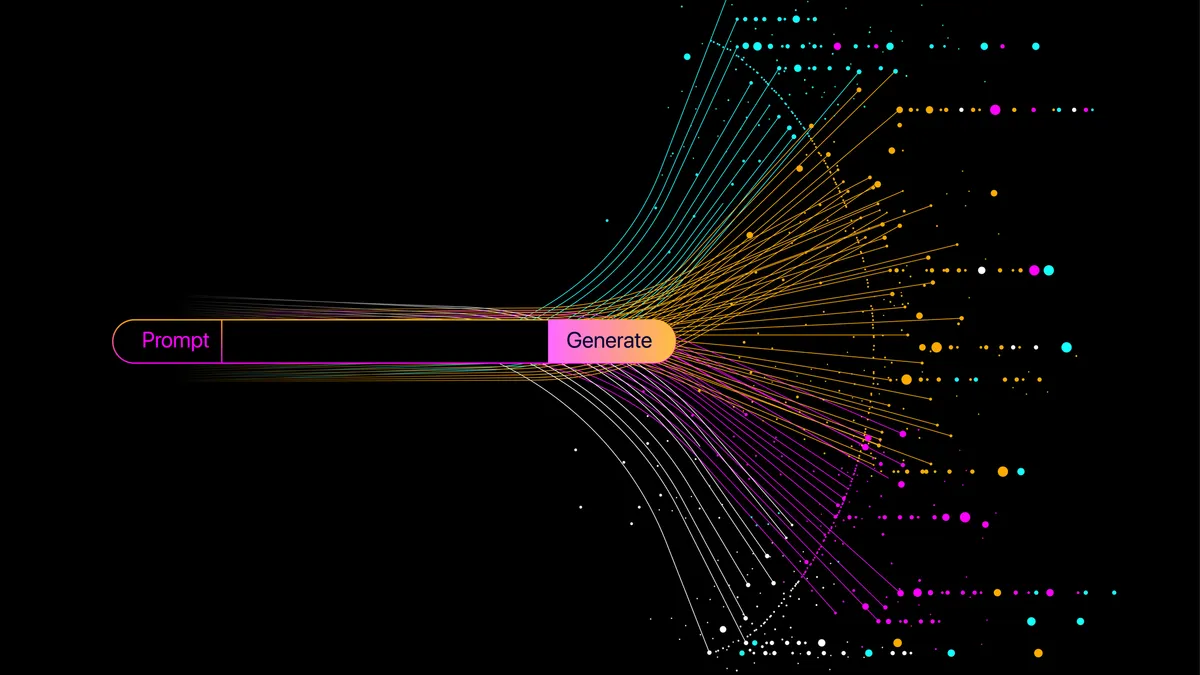Digital skills are evolving quicker than ever, and companies and employees alike are finding that the “half-life” of skills continues to shrink. To gain a competitive edge, employees need to optimize when and how they learn. For companies, investing in the right variables for learning and development (L&D) will be a differentiator – for innovation, efficiency and future-proofing themselves and their employees.
A study by ManpowerGroup found that 77% of employers are reporting difficulty in filling roles, a 17-year high. Talent scarcity and high turnover are among the largest challenges corporations face today. Yet innovation, digital transformation and cloud adoption are not slowing down — a research paper from the MIT Sloan School of Management found that companies generated $1.4 million in sales for each new hire with cloud skills. With the rapid adoption rates of AI (Artificial Intelligence) that are only further accelerating, we must act urgently and diligently to future-proof our employees.
To permanently close this skills gap, organizations need to create a culture and establish practices that support continuous upskilling. The more employees are equipped to work with cloud, AI and other digital technologies, the more agile and competitive the company becomes. This is the path to future-proofing.
Thriving through partnership
In today’s world of talent scarcity, companies cannot close skills gaps solely through hiring. They must build a robust L&D culture with digital processes, systems and resources that help employees thrive. Introducing an outside voice who understands your culture, goals and capabilities can bring new ideas and generate better internal and external results.
Learning partners can help a business create a tailored solution that operationalizes continuous up-leveling across the organization. The best partners operate under the philosophy of “Think Big. Act Small. Learn Rapidly,” meaning that they are cognizant of the pace of change and unique circumstances of each situation. To thrive with learning, we must continuously find ways to improve how we learn. This is true as individuals and as larger entities.
Ultimately, companies are not a collection of people that solve problems. The best teams can continuously nurture and produce problem solvers who can tackle any situation. Organizations that provide continuous learning opportunities to their employees can build a workforce with the skills to engage with AI, cloud, digital — and whatever the next disruptive innovation brings.
Gaining an edge in hiring
L&D programs are more than the enrichment and advancement of current employees – they’re also recruitment tools. A strong learning culture is now a differentiator for employers during the hiring process, as candidates prioritize job opportunities that feature professional development.
A study by TalentLMS found that 76% of employees are more likely to stay with a company that offers continuous training, and 55% say they need additional training to perform better in their roles.
Gen Z candidates especially want to work for companies that show compassion – including their development both personally and professionally through programs and structured offerings.
Delivering better onboarding programs
Helping employees to be more productive is another way to reduce the friction of talent scarcity. According to a study by Brandon Hall Group, organizations with a strong onboarding process are 70% more productive. Investment in onboarding processes can also help improve new hire retention by over 82%.
Deliberate and thoughtful approaches can also help new hires to feel a sense of belonging, so setting the tone during the first few months is critical. A learning partner can assist in this process, as they can help align a company’s onboarding and L&D tactics to business objectives.
Developing high-performing internal talent
Within any organization, there are always people whose curiosity, passion for learning and ability to share knowledge affects the pace and volume of workplace learning. Top talent paired with a growth mindset in the business can help the entire team to thrive.
When executives develop and nurture an environment of ambition and continuous education, top performers will naturally seek out new opportunities to grow. Leaders and managers can support them in these efforts by not only connecting them with the right resources but introducing them to new challenges, interesting people and unique opportunities.
Managing in a flat organization
Digital companies operate at a different pace and typically have a flatter structure. The benefits are obvious, as we can create two-way communication streams where all workers are empowered to self-advocate, share insights and innovate.
We must note that the role of managers changes in a flat structure. Measurement of managers and their criteria for promotions becomes more about how they enable their teams to move faster and be more productive, rather than just their achievements.
Continuous learning can help managers evolve their teams’ skill sets by incorporating L&D into the workflow, making it easier for employees to work on their development while on the job. Since a flatter organization spreads responsibility across the team, the effects of skill-building in this environment can be even more pronounced.
Building a culture of learning
Many aspects of success come from effort, asking questions, trying new ideas, and listening to and giving feedback. These behaviors, attitudes and values — and the determination that goes along with them — can be adopted by anyone. But it doesn’t always come naturally, thus why partnerships are so valuable. An external perspective can help challenge the status quo and chart a new course.
Companies that embody these values embrace continuous learning and growth. With an aligned view of success from top to bottom, teams will begin to support each other in learning both within the company and beyond.










